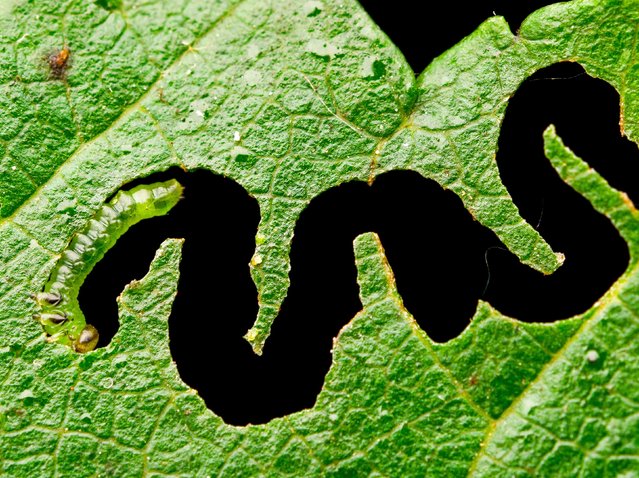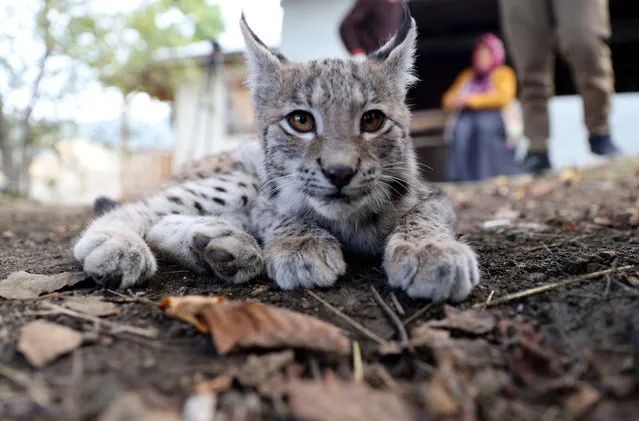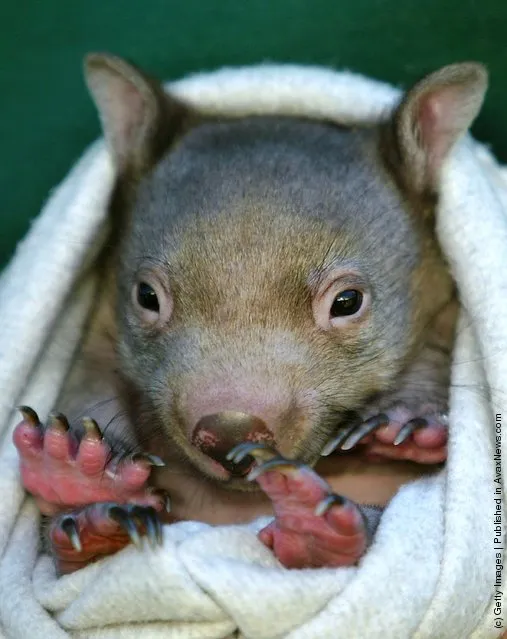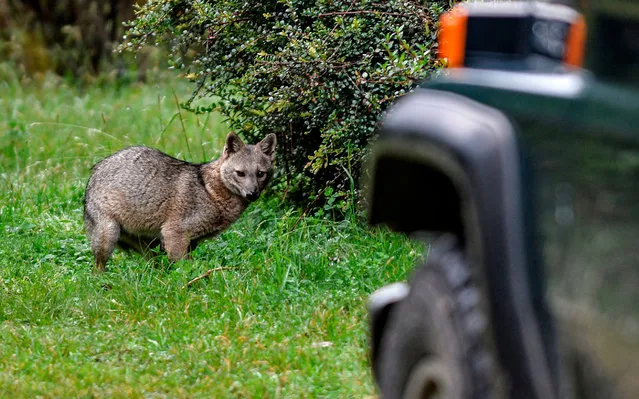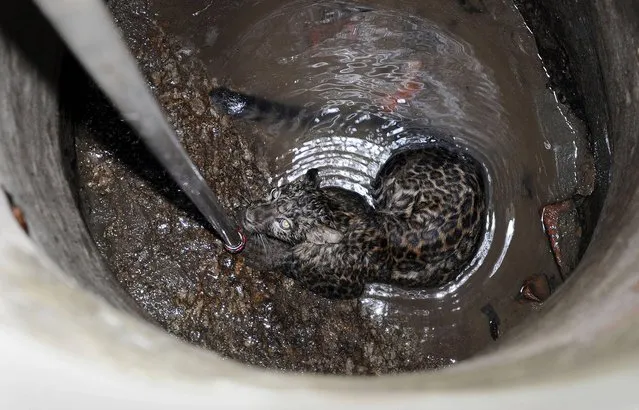
A climate activist wears an oxygen mask to demonstrate the possibility of pumping oxygen from a tree in a bottle in the future, during a protest against the government's deforestation practices of Sri Lanka's main wildlife forests for developments in Colombo, Sri Lanka on March 22, 2021. (Photo by Dinuka Liyanawatte/Reuters)
23 Mar 2021 09:22:00,post received
0 comments

